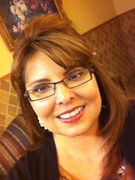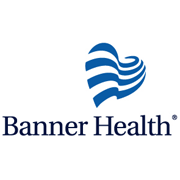Question: What is a stroke?
Answer: A stroke, brain attack, is a heart attack of the brain, whereby there is a blockage of blood flow to a portion of the brain, depriving the brain of the only two things it requires to survive: oxygen and sugar. Frequently symptoms of a stroke are ignored because a stroke does not hurt.
Question: Are there different types of stroke?
Answer: There are two types of stroke, ischemic and hemorrhagic stroke. An ischemic stroke is the most common type of stroke, accounting for approximately 83% of all cases.
What are the differences between an ischemic stroke and a hemorrhagic stroke?
An ischemic stroke occurs as a result of an obstruction within a blood vessel that supplies blood to the brain. The obstruction is the result of fatty deposits lining the vessel walls (atherosclerosis). There are two of these types of obstructions:
* A cerebral thrombus is a blood clot that develops at the part of the vessel that is clogged.
* A cerebral embolism is generally a blood clot that develops at another location in the circulatory system, usually in the heart and large arteries of the upper chest and neck. A portion of the blood clot breaks loose, enters the blood stream and then courses through the brain’s blood vessels until it gets stuck in a vessel that is too small to allow it to pass through. Another cause of cerebral embolism is an irregular heartbeat. It creates conditions where blood clots can form in the heart, break loose and travel to the brain.
A hemorrhagic stroke accounts for approximately 17% of stroke cases, and occurs because of a weakened vessel that ruptures and bleeds into the surrounding brain. This blood then accumulates and compresses the surrounding brain tissue. There are two types of weakened blood vessels that cause this type of stroke. Aneurysms are swellings of a weakened region of the blood vessel. Arteriovenous malformations (AVMs) are clusters of abnormally formed blood vessels.
Question: What are some of the warning signs prior to having a stroke?
Answer: Some warning signs include sudden onset of numbness and tingling sensations; weakness, especially on one side of the body; difficulty speaking or understanding speech, blurred or double vision, and sudden onset of a severe headache.
Question: Do women experience any warning signs that are different from men?
Answer: No, but unfortunately, women are more likely to ignore symptoms of a stroke.
Question: What are some risk factors that women can modify, treat or control through lifestyle habits or medications?
Answer: Weight loss is completely in control of both men and women, modify dietary habits to loss weight with exercise. High blood pressure can typically be controlled through diet by avoiding processed foods, and by taking high blood pressure medication until instructed not to by a physician.
Question: What other factors contribute to the risk of stroke in women?
Answer: Diet, blood pressure, generalized ignoring symptoms
Michael Kasperski, RN, is the stroke program coordinator for the Emergency department at Banner Thunderbird Medical Center
For More Information On Heart Disease And Banner Health Visit www.BannerHealth.com/Heart.


